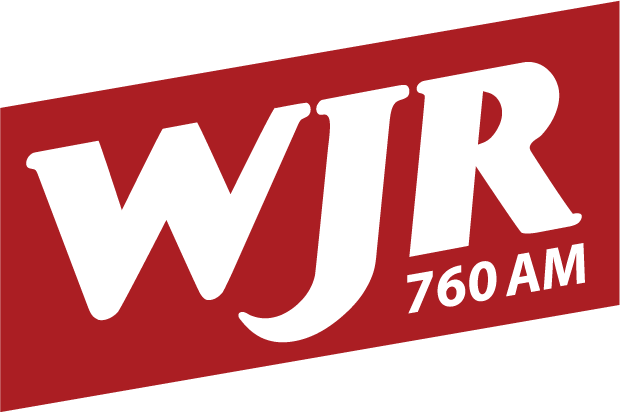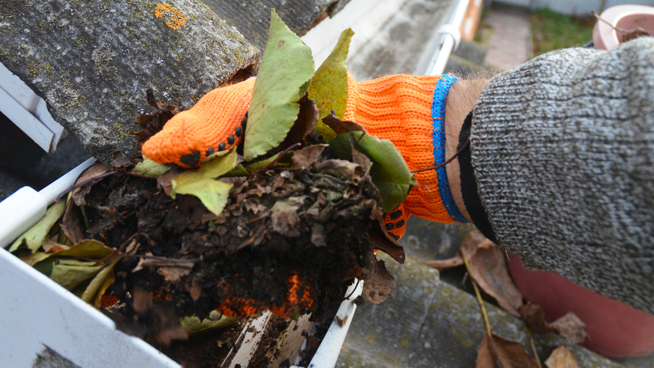
From The Detroit News | By Ken Calverley and Chuck Breidenstein
DETROIT, May 16, 2024 ~ The national housing shortage is very real.
Michigan alone is projected to have a shortfall this year of more than 160,000 units.
Affordability is a big part of this issue, but the root cause goes beyond the “supply and demand” shortage.
The recent pandemic had a huge negative impact on the very speculative development of raw land into buildable lots.
The sustained economic surge that followed, combined with high interest rates and inflation, has contributed to this dilemma.
Solutions that include rent control and affordable housing mandates run into these high-cost issues and the demand for profitability for the construction businesses that build them.
Because land that includes municipal services is such a huge factor in this equation, gentrification of older, disinvested, neighborhoods is a legitimate piece of the solution.
PODCAST:
May 19, 2024 ~ Chuck “The Inside Guy” Breidenstein and Ken “The Outside Guy” Calverly offer the knowledge and resources you need to make the home of your dreams a reality.
(CONTINUED)
One way people are finding to take advantage of existing city services is by increasing density in developed areas.
In some cases, builders may seek to purchase that side yard that was a mowed green space for the neighborhood kids while they were growing up.
In the late ‘eighties ’80s and early ’90s, we started to see a housing solution for the aging population that suggested conversion of existing garages or construction of new, detached, granny flats in the backyards of existing homes.
The idea was that you could, with relative affordability, move Mom and Dad into private living quarters adjacent to your own, which allowed for the safety and security of proximity without the ongoing high expense of an independent living facility.
Companies seeing the potential for such dwellings began to manufacture self-contained units that could be delivered to a plot next to an existing home.
Hook-ups for electricity, sewer and water would be made and, voila! you had a private living unit in place.
Now popularly known as Accessory Dwelling Units, ADUs, these are gaining both momentum and resistance in various enclaves.
On the plus side, ADUs have found service in everything from the intent described to housing for adult children, siblings, guests, work-at-home spaces and periodic rentals.
Increased density, or more housing units per acre, has long been sought by land developers as a way to lower lot costs and increase profitability.
When well designed and placed, they can add significant value to a property and invite sales to buyers who are attracted to a multi-family investment.
Cities like Portland, Oregon, massaged existing ordinances and zoning restrictions to accommodate such installations.
Other jurisdictions, attempting to modify local laws to accommodate ADUs, struggle with issues from allowable sizing and occupancy to resistance from longtime owners who sense their “quiet enjoyment” being threatened.
Some political subdivisions have enacted laws to mandate owner occupancy, at least in the primary unit. This is being expanded to Airbnb units, where we are seeing requirements that homeowners wishing to rent out the ADU must also rent their primary home for a limited and specified number of days per year.
In some cases, wealthy enclaves have taken steps to prevent the perceived intrusion of lower socio-economic groups into their communities and older city services are being strained with the additional demand for sewer, water and electricity.
Street traffic and parking issues have also become a genuine concern when you have an unplanned density increase. In many jurisdictions, this is the biggest barrier to the ADUs.
Many who originally built to accommodate aging parents found themselves with a vacant rental unit when Mom and Dad moved on.
Not everyone is meant to be a landlord, and issues have arisen where owners have leased to bad tenants that are either poorly qualified, or drastically change the tranquil nature of the neighborhood.
One idea being considered is to plan new developments with the detached rental included.
The design would be wholistic and require that both units be built at the same time.
In either case, ADUs are one part of the solution to the housing shortage dilemma that is being explored today.
If you are considering alternative housing options for aging parents, you might talk with one of the professionals you can find every day at InsideOutsideGuys.com.
**
For more advice, listen to “The Inside Outside Guys” every Saturday and Sunday on 760 WJR from 10 a.m. to noon or contact them at InsideOutsideGuys.com.
MORE FROM THE INSIDE OUTSIDE GUYS:




